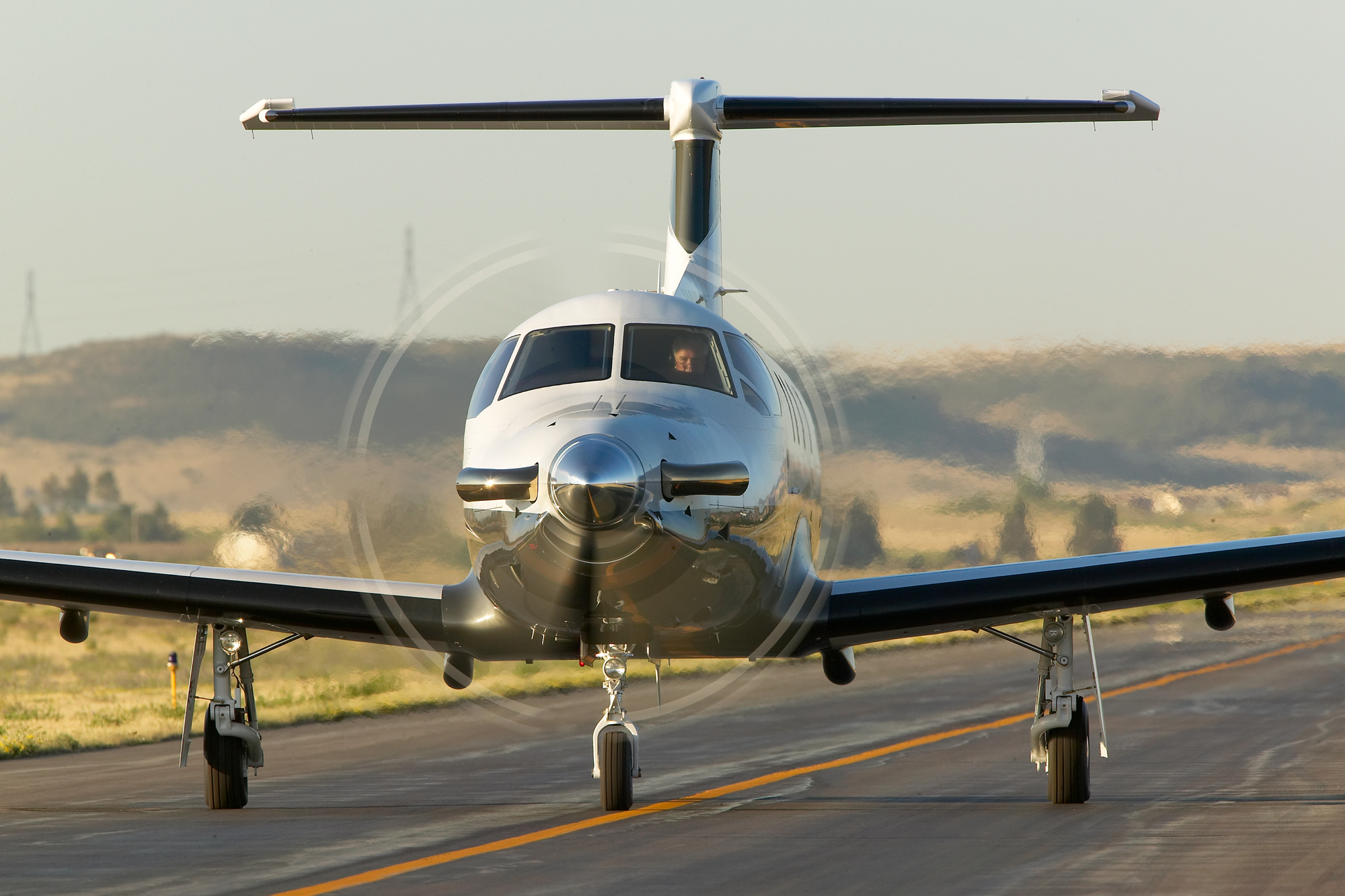
This article will cover the basic requirements for FAR part 135 certification, single-pilot operations, and certification costs. This will provide you with the basics you need to become a certified pilot. In addition, we’ll go over the benefits of FAR part 135 certification and answer any questions you might have about it. You’ll also learn more about single-pilot operations, Airworthiness standards, etc.
Single-pilot operations
A commercial pilot may qualify for FAR part 135 certification if they are the sole operator of a business aircraft. They must have a pilot’s license and operate the aircraft within the FAA’s guidelines. A commercial pilot must also have the appropriate training. There are many requirements for obtaining FAR part 135 certification. For single-pilot operations, the manual must contain safety, maintenance, and flight time information. The FAR Part 135 manual must have procedures regarding the use of hazardous materials in aircraft and onboard. In addition, a pilot’s flight time must be documented and maintained according to FAR part 121 regulations.
Commercial pilots must be trained and certified by an FAA-approved training program. The FAA has strict regulations for pilots, and single-pilot operators must abide by these rules. FAA Order 8900.1 gives more details on single-pilot operations. It is located in Volume 2, Chapter 4, Section 6.
Airworthiness standards
There are several airworthiness standards under FAR Part 135: scheduled charter flights and on-demand flights. These operations vary in their regulations, fees, and training requirements. However, they are required for all commercial aviation operations. Part 135 requirements include checking the aircraft’s safety and flight type and the suitability of the pilot. For more information, read through the descriptions below. And don’t forget to check out the NOTAMs as well!
In general, aircraft that operate under part 121 must meet safety standards. Part 135 requires that pilots have a minimum training level of ATP-500 and pass an examination on avionics. Aside from that, Part 121 includes regulations for commercial helicopter operations. Part 121 also requires the flight to have at least one pilot with the ability to fly solo. Apart from 121, operators must also meet specific minimum standards for airworthiness.
Requirements for certification
Private aircraft operate under the Federal Aviation Regulations part 135, which apply to turbojet engines, non-transport category turboprops, and small jets with fewer than thirty seats. To obtain a FAR part 135 certificate, an operator must be FAA-authorized, develop flight manuals, maintain training programs, and hold required management positions. The regulations also cover fractional aircraft ownership. For more information about Part 135, see this article.
Commercial pilots must meet specific training and testing requirements. As part of Part 135, pilots must regularly test themselves on all aspects of flight, including air traffic control procedures, meteorology, and recognizing lousy weather. In addition, the certificate holder must maintain certain levels of records at their place of business. These records include the operating certificate, operating specifications, and medical certificates of each pilot. In addition, pilots must also complete a training curriculum.
Costs of certification
While the cost of a private helicopter pilot certificate is relatively low, the commercial certificate can run upwards of $28,000. Prices for both certificates are based on data collected from more than thirty flight schools across the country. The costs for both applications depend on the type of certification desired, the number of aircraft on the certificate, and the process used to obtain it. Therefore, these costs are subject to change. The following is an overview of the costs associated with helicopter private pilot certificates.
To operate a private aircraft, you must have a certificate issued by the Federal Aviation Regulations Part 135 (FAA). FAR Part 135 applies to all turbojet engines that seat one to thirty passengers. Turboprops in the transport category are also included but must be smaller than 30 seats. In addition, you must own at least one aircraft and use it exclusively for business. A flight training course, flight simulations, and annual maintenance are all part of the process.
FAA sanctions for unlicensed operation
Unlicensed air charter operations violate the Federal Aviation Administration’s rules and regulations. In addition to fines and enforcement actions, unlicensed operations can also result in denial of insurance coverage. The penalties can be steep, so it’s essential to follow the rules and regulations of the FAA. Below are some tips to avoid unlicensed operations. Continue reading to learn more about the FAA’s sanctions.
First, you should know that an FAA sanction is a civil penalty. In most cases, a suspension is not permanent. If you face a suspended license, you may appeal to the National Transportation Safety Board. Appeals to an ALJ’s decision go to the entire Board. You may also demand a suspended certificate from the United States Court of Appeals. If you’re under suspension, don’t ignore it!

